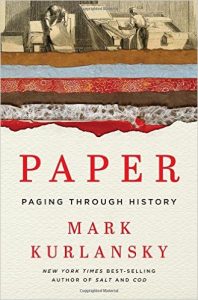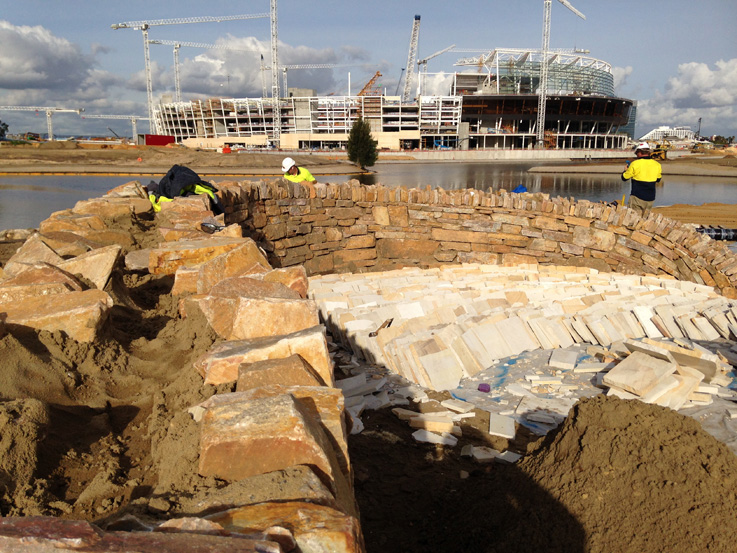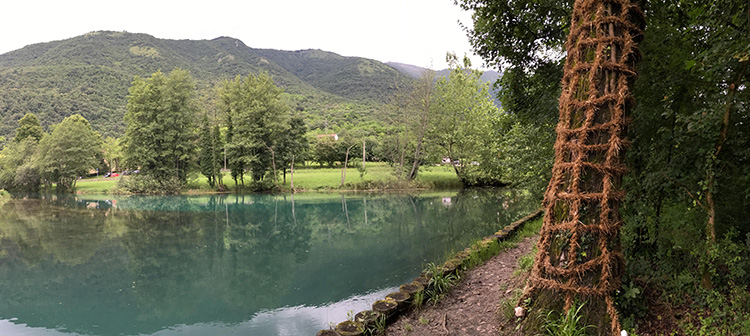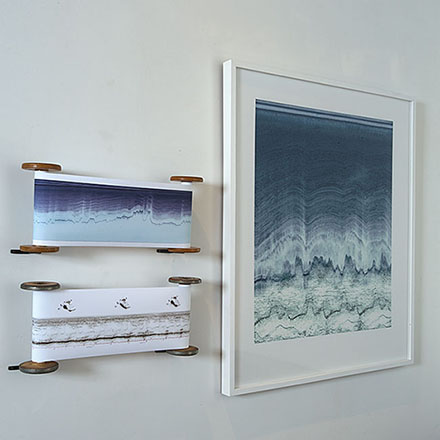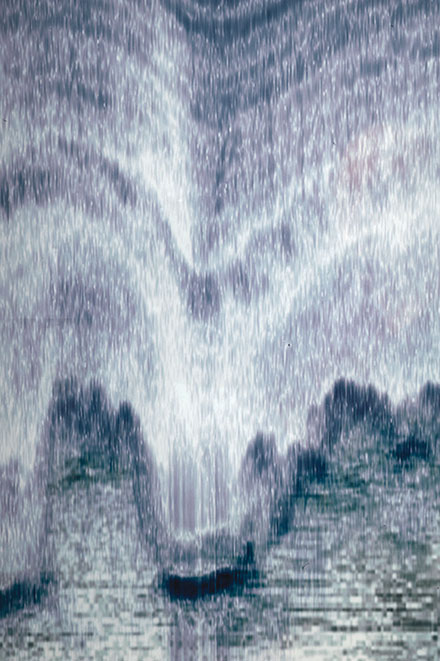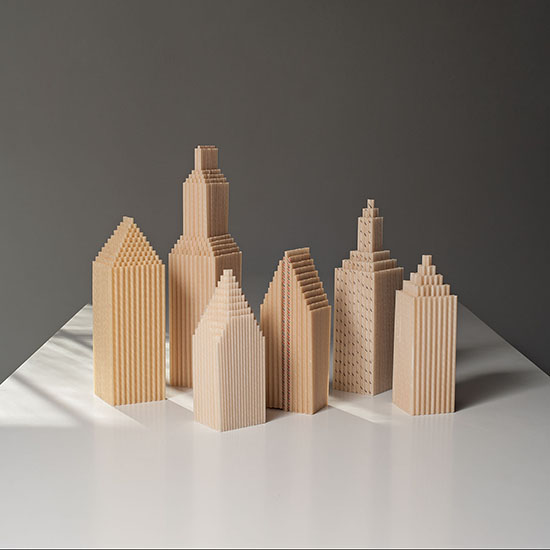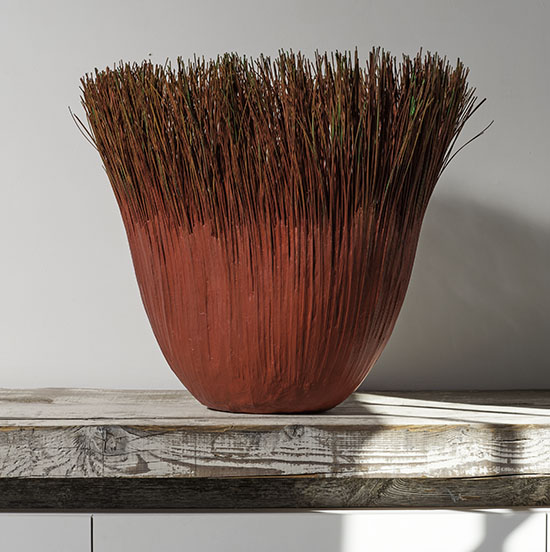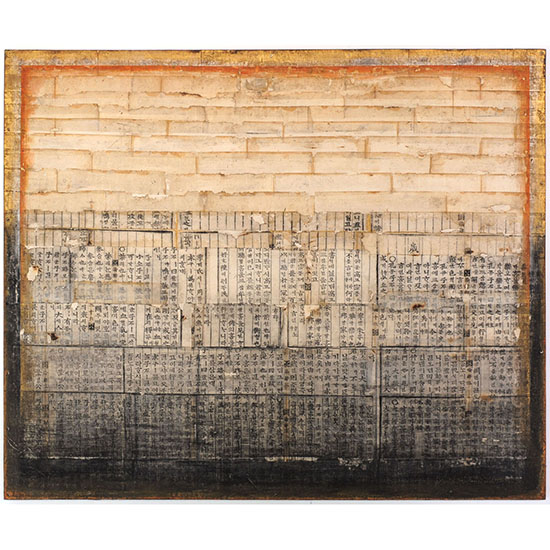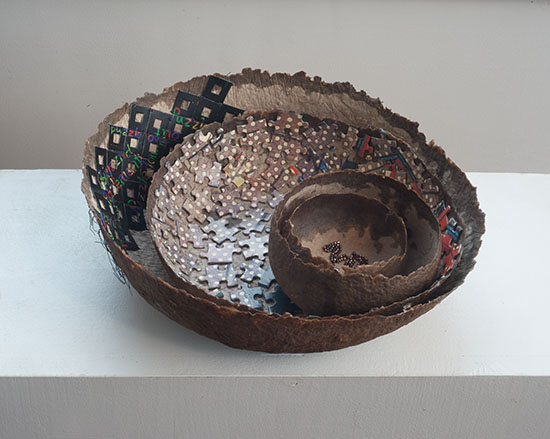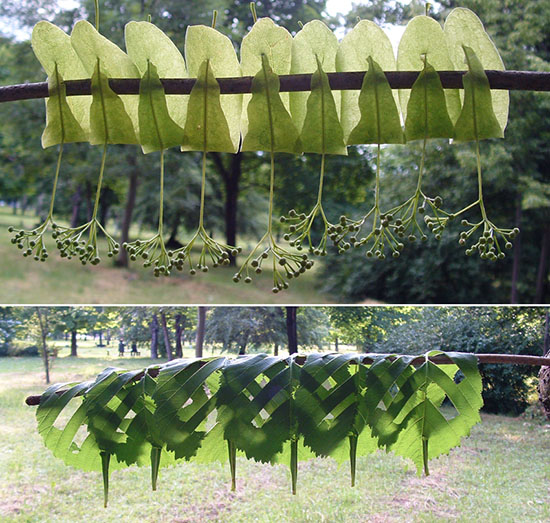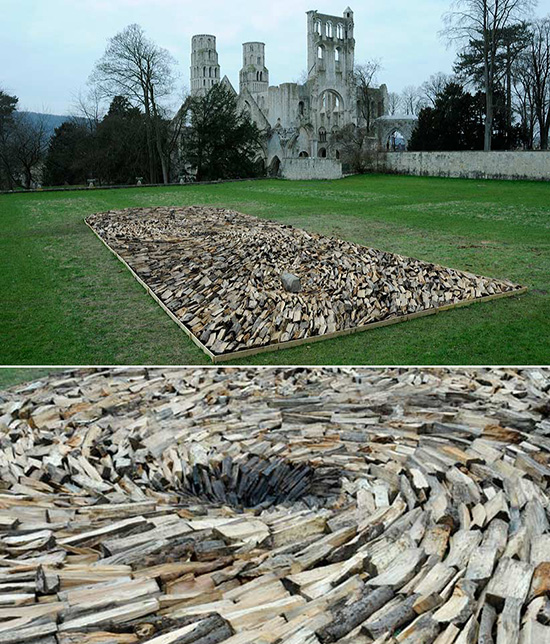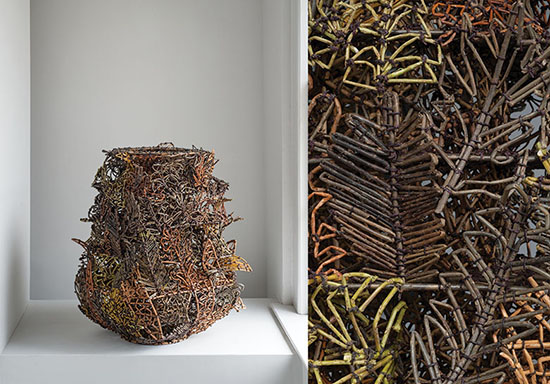February was an exceptional month for browngrotta arts, as we delved into the creative works of several contemporary artists. Our team worked tirelessly to prepare for the upcoming spring exhibition, Acclaim! Work by Award-Winning International Artists, which is set to launch on April 29 and run until May 7. As part of our New This Week feature, we had the pleasure of introducing you to some of the remarkable art from Jennifer Falck Linssen, Ethel Stein, Jiro Yonezawa, and Chris Drury.
Each artist has a unique perspective and artistic style, which we’re excited to share with you. Jennifer Falck Linssen’s intricate, three-dimensional sculptures demonstrate her keen eye for detail and love of nature. Ethel Stein’s intricate handwoven artworks showcase her mastery of textile arts, while Jiro Yonezawa’s beautiful basketry work combines traditional techniques with contemporary flair. Finally, Chris Drury’s installations and sculptures explore the relationship between humans and the natural world.
We can’t wait for you to experience some of these incredible artists for yourself at our upcoming exhibition. Until then, we invite you to learn more about their inspiring works and delve into their creative processes.
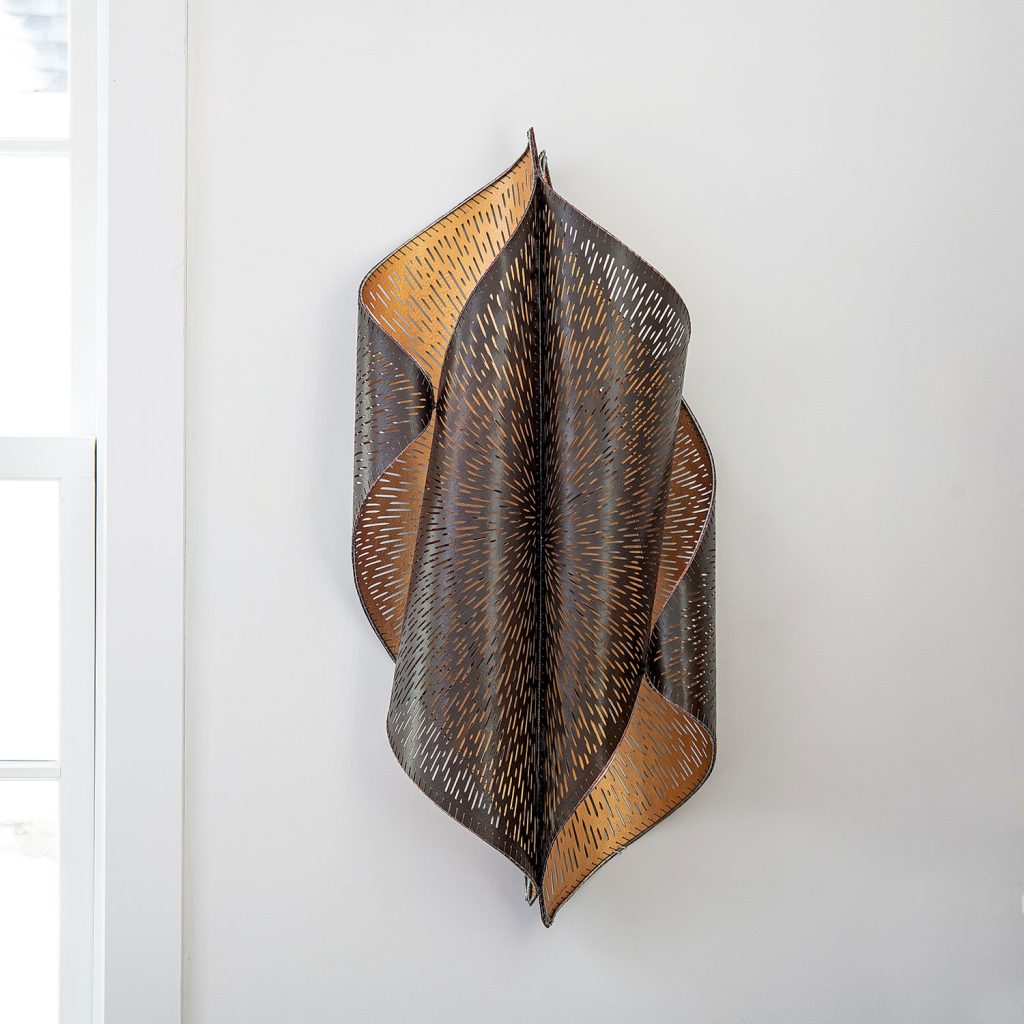
To kick off the month, we introduced you all to the remarkable work of Jennifer Falck Linssen, an American artist who creates stunning sculptures using hand-carved paper and metal. Linssen’s work is a testament to her belief in the power of pattern and light to convey the beauty and resilience of nature.
As a practitioner of the ancient art of katagami, Linssen seeks to honor this traditional Japanese paper- carving technique while exploring the transformative qualities of light and space in her artwork. Through her sculptures, she creates solid yet open structures that bridge the gap between the minute and the vast, freezing moments in time and immortalizing them in intricate patterns of light and shadow.
Linssen’s work is truly an ode to the enduring beauty of nature.

Things continued to heat up in February as we directed the spotlight on the late, great artist Ethel Stein. We are honored to represent Stein’s legacy and proud to call her a dear friend. Stein was a trailblazer in the world of fiber art, renowned for her intricate and awe-inspiring textile creations.
Stein’s work is distinguished by its rhythmic simplicity, which belies the technical complexity that went into its creation. Her art is truly timeless, standing the test of time and continuing to inspire generations of artists.
Stein’s passion for her craft is evident in every stitch, every weave, and every pattern of her work. Her dedication to exploring the possibilities of fiber art was unparalleled, and her legacy lives on through her beautiful creations.
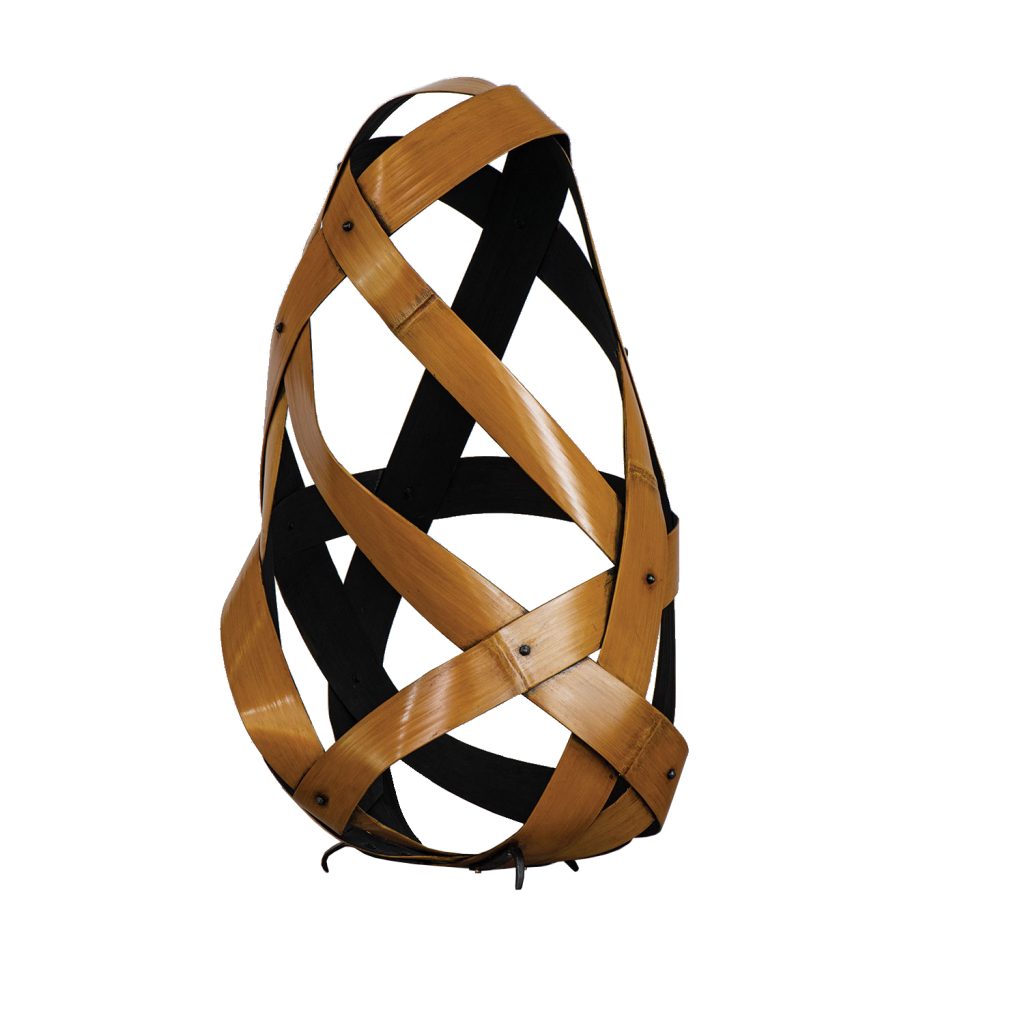
Up next: the breathtaking work of Jiro Yonezawa, a master craftsman who has dedicated nearly four decades of his career to the art of bamboo weaving. Yonezawa’s art is characterized by the interplay between disciplined formality and natural freedom, achieved through his exploration of traditional techniques.
Yonezawa’s bamboo baskets are an expression of detailed precision, each one a testament to his mastery of form and technique. But, beyond their stunning beauty, these baskets also contain an element of intrigue and complexity that speaks to something deeper.
As Yonezawa explains, “These baskets represent a search for the beauty and precision in nature and a way to balance the chaos evident in these times.” In a world that often seems to be spinning out of control, Yonezawa’s art provides a sense of order and harmony, a connection to the natural world that is both grounding and uplifting.
Through his work, Yonezawa invites us to contemplate the intricate beauty of the world around us, to find solace in the precision of nature, and to strive for balance in our own lives. We are honored to showcase his remarkable art, and we hope you join us in experiencing the magic of Yonezawa’s bamboo weaving for yourself at our spring exhibition.
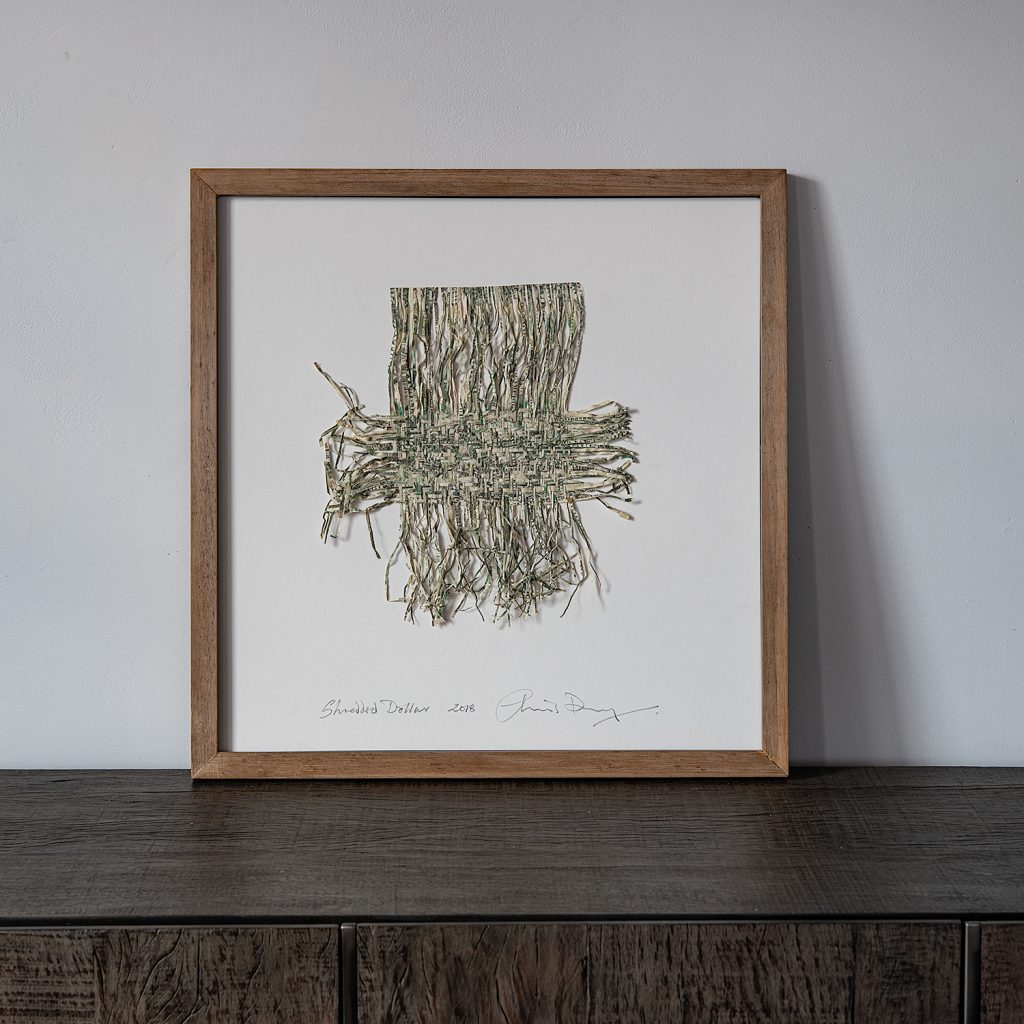
We concluded our showcase of new art throughout February with the artwork of Chris Drury, a world-renowned environmental artist whose pieces are as beautiful as they are thought-provoking. Drury’s use of natural materials and his ability to blend them seamlessly into their surroundings has earned him global recognition and admiration.
His site-specific artworks, often referred to as Land Art or Art in Nature, challenge us to rethink our relationship with the environment and the ways in which we interact with it. By creating sculptures that are both visually stunning and deeply connected to their surroundings, Drury reminds us of the delicate balance between humanity and the natural world.
The piece highlighted above, Shredded Dollar, incorporates US currency in its design. When asked about the meaning behind this choice, Drury remained deliberately ambiguous, stating, “I think it’s good if it’s ambiguous and can hold multiple meanings for different people. I never prescribe a specific meaning to anything.”
This openness to interpretation is characteristic of Drury’s work, and we invite you to engage with the art on our own terms and to draw your own conclusions.
At bga, we are constantly amazed by the incredible artists we have the privilege of collaborating with. Over the past month, we have been thrilled to showcase the work of some truly exceptional creators.
Through their art, these gifted individuals have challenged us to see the world in new and unexpected ways. As we look forward to our upcoming spring exhibition, Acclaim! Work by Award-Winning International Artists, we invite you to continue following along with us. We promise to bring you even more exciting and inspiring art in the weeks and months to come. Thank you for your support, and we can’t wait to share our love of art with you.

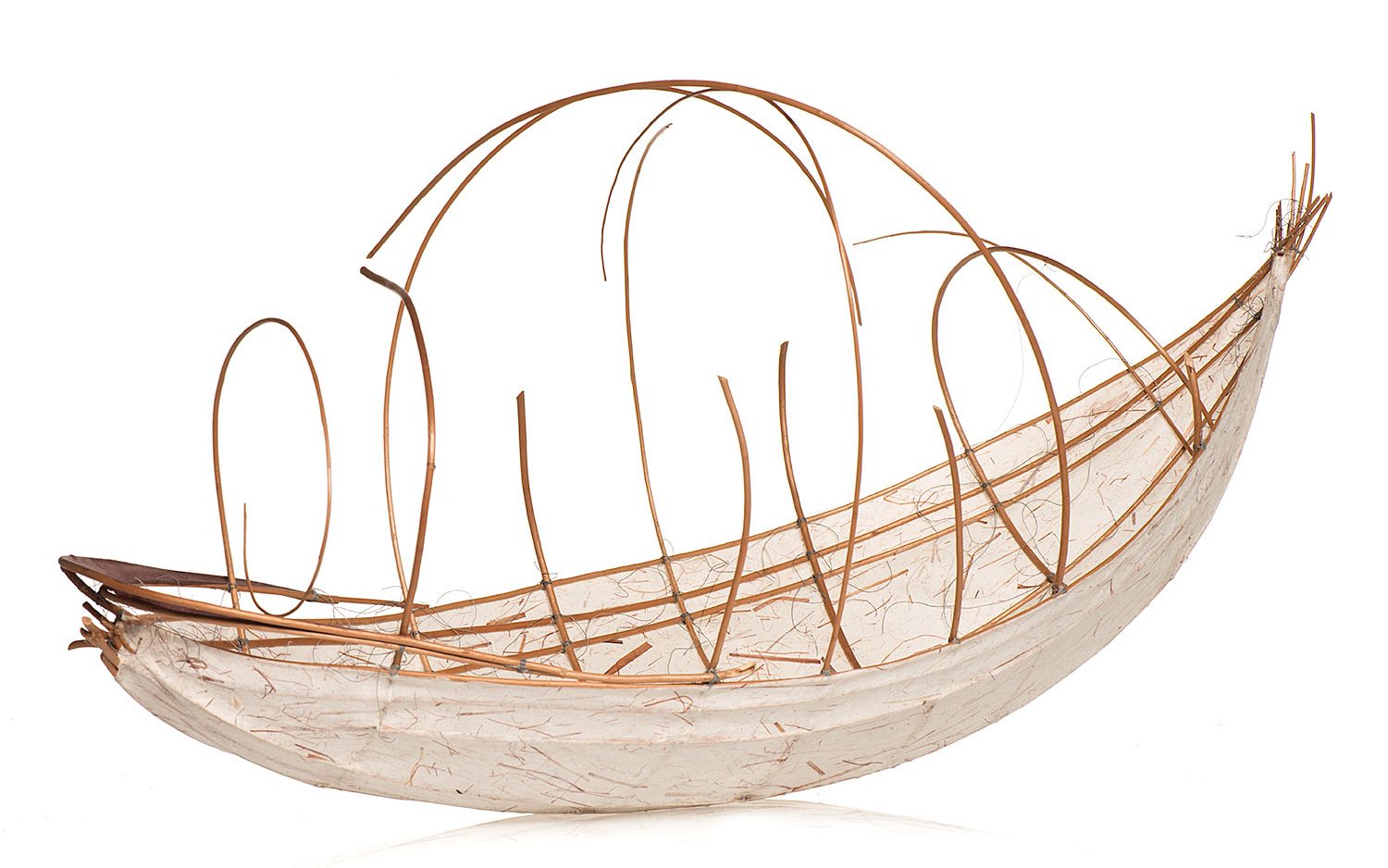
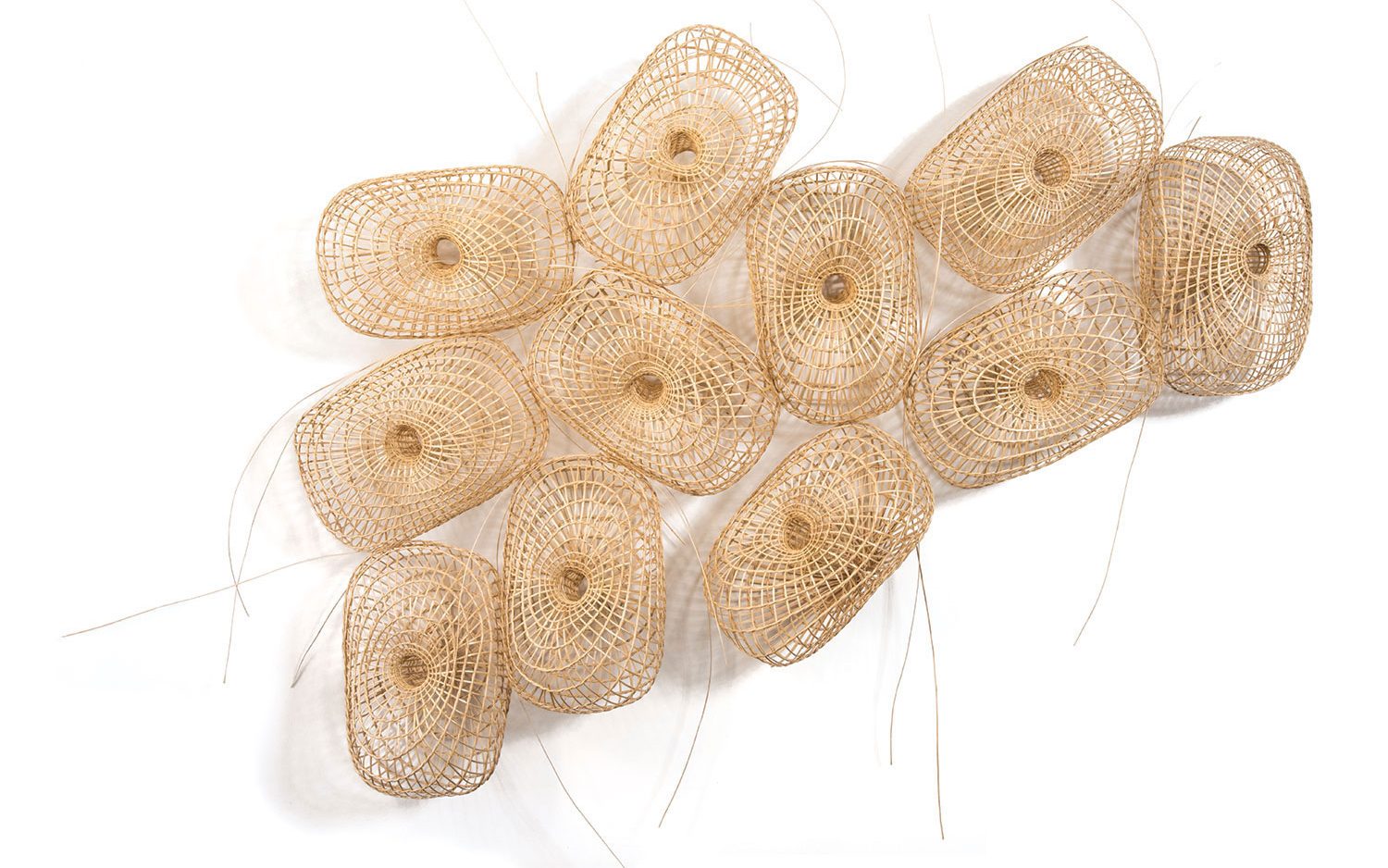
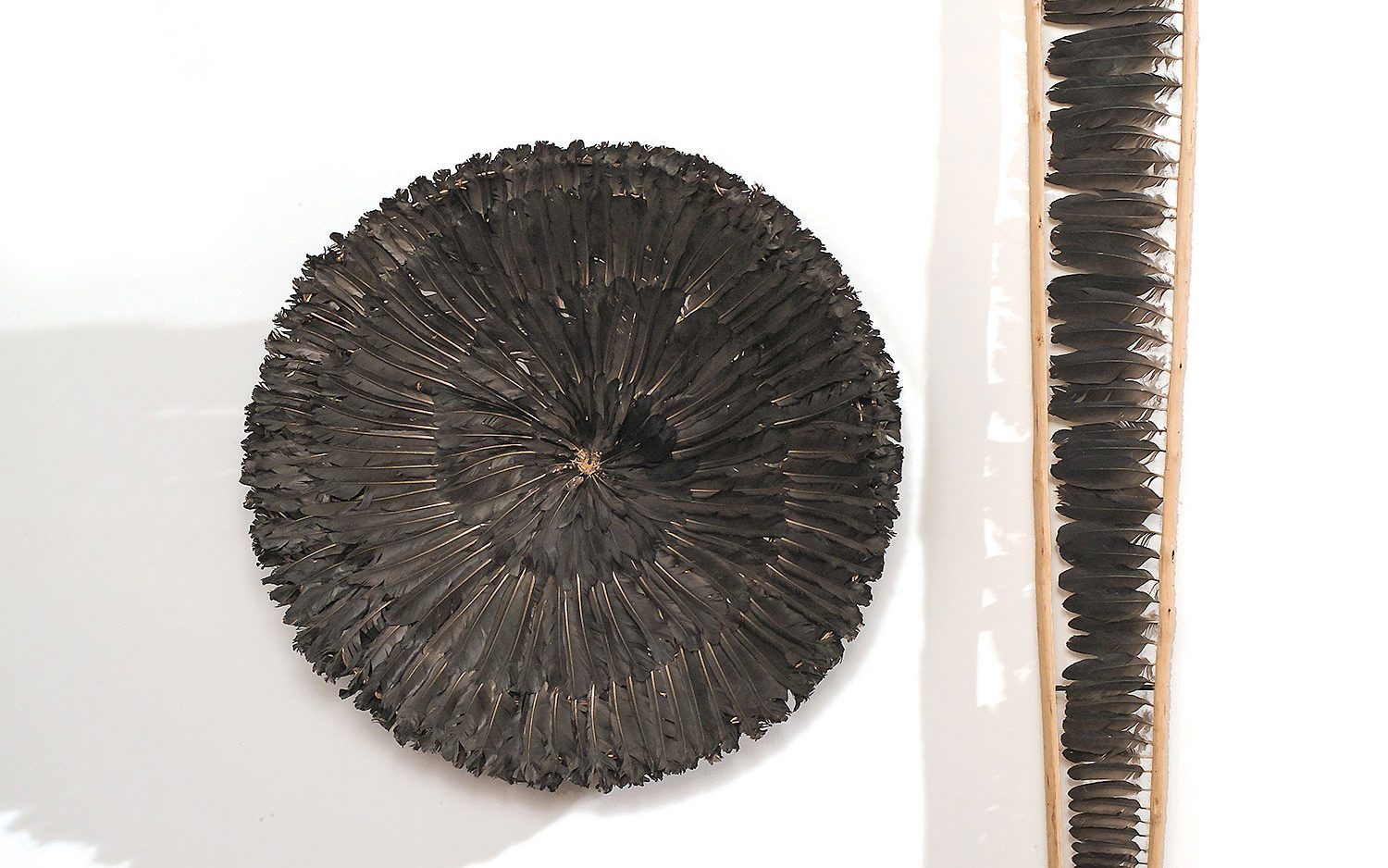


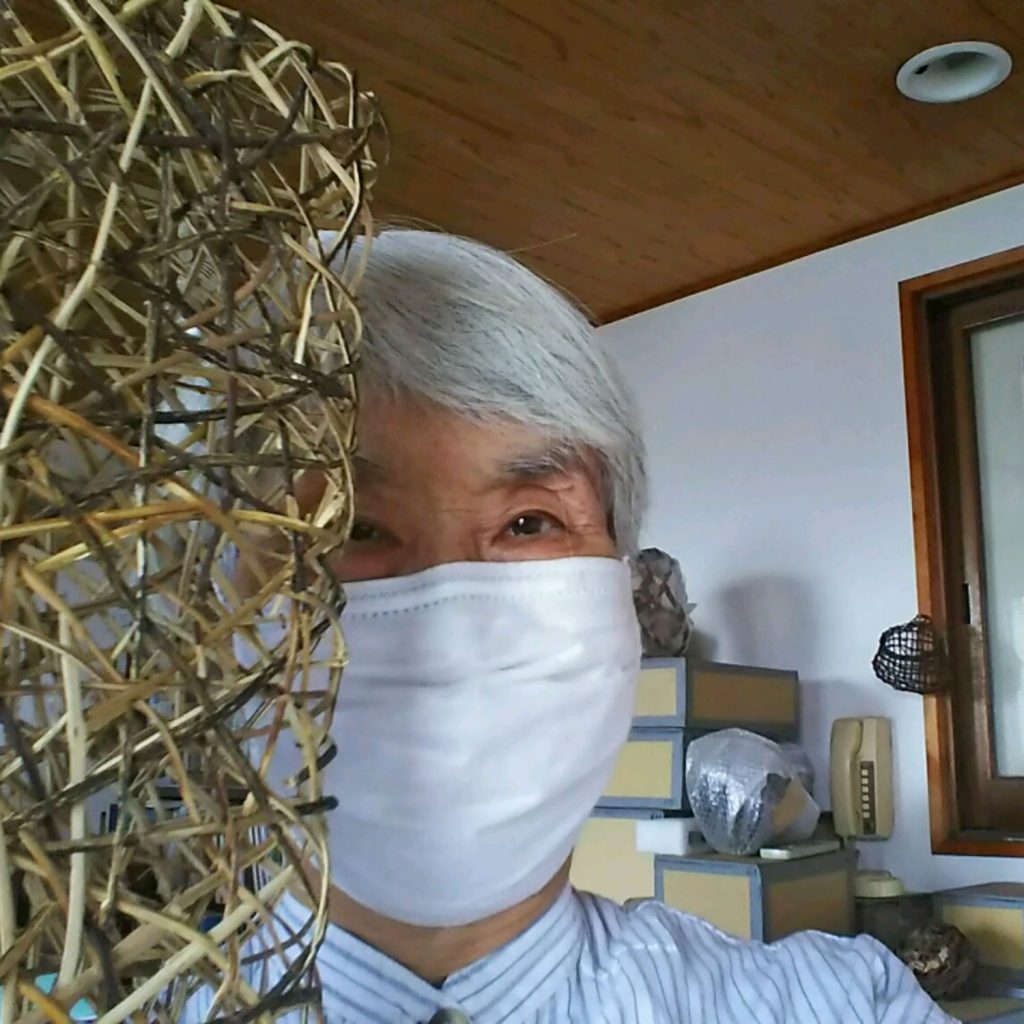
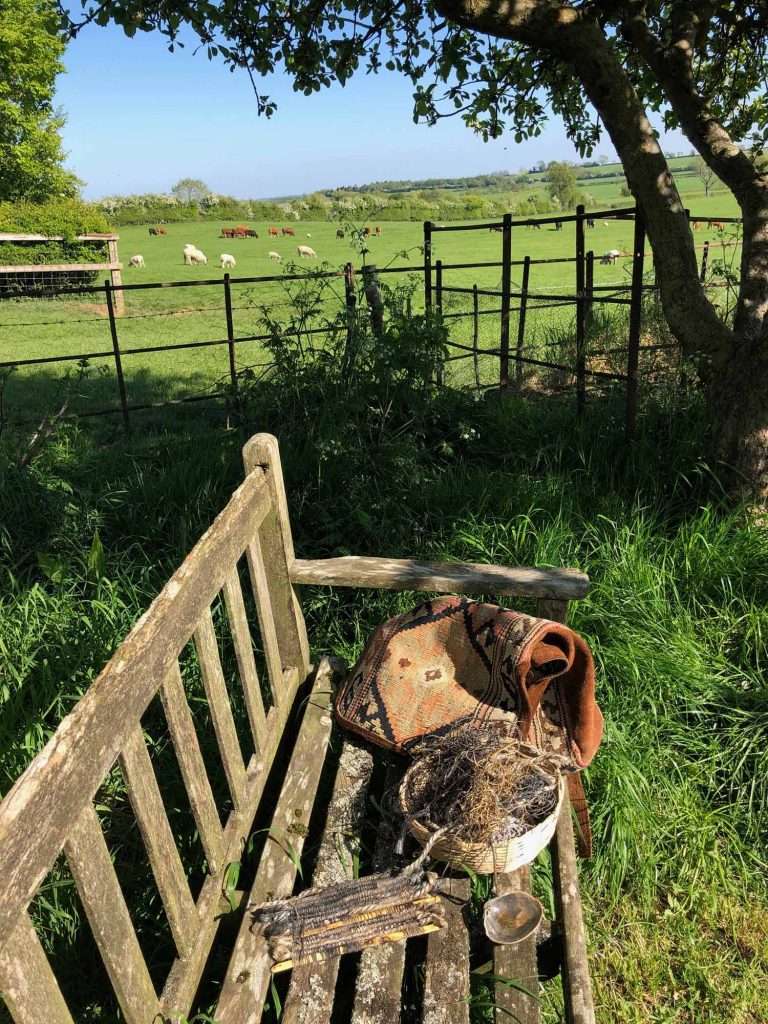
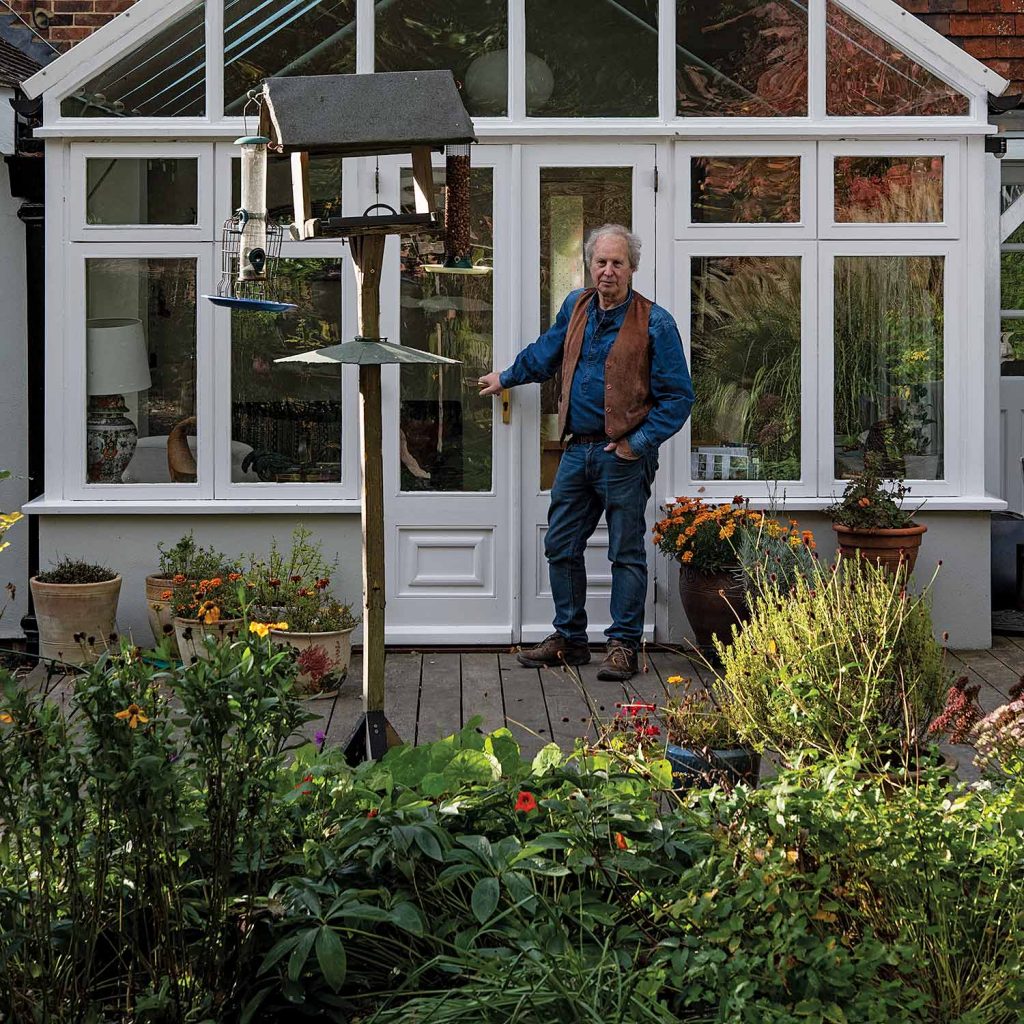
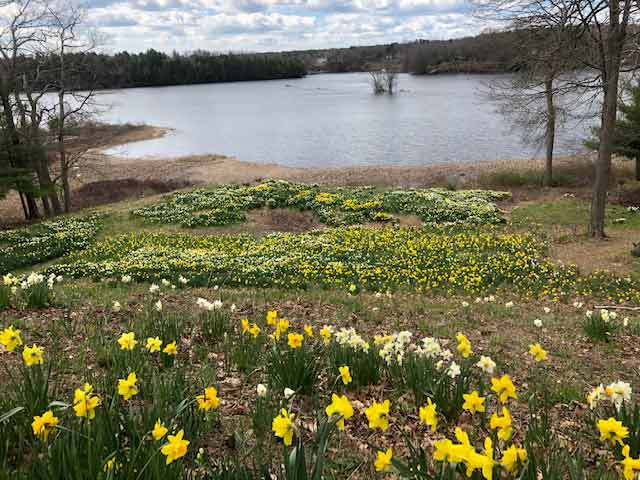

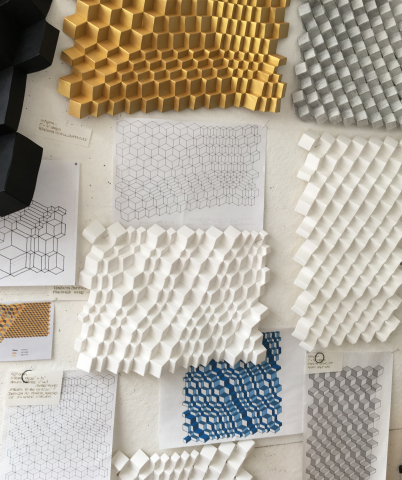
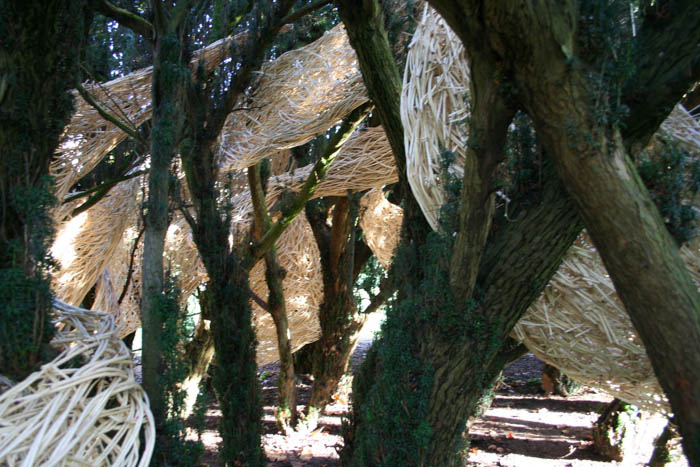

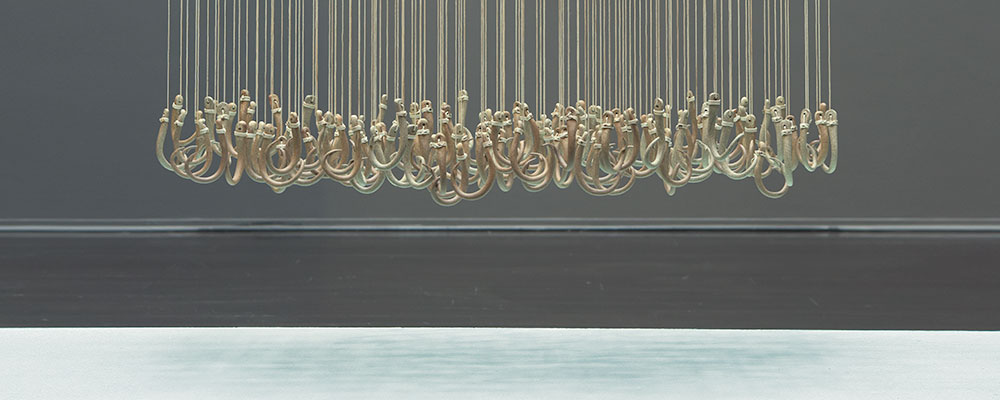




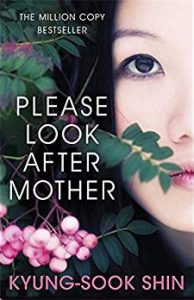
 The Upanishads, introduced and translated by Eknath Easwaran (Nigiri Press). This collection of teachings is as timely now as it was 2000 years ago. Understanding the following words from the Brihadaranyaka Upanishad (iv.4.5) could be useful,” she says. You are what your deep, driving desire is. As your desire is, so is your will. As your will is, so is your deed. As your deed is, so is your destiny. The Mundaka Upanishad furnished the motto of the modern Indian nation, she notes, satyam eva jayate, nanritam, Truth alone prevails, not unreality” (iii.1.6).”Perhaps the global collective consciousness will awaken to this concept. I’m trying to remain hopeful.” Wahl adds that for readers interested in one of her favorite materials,
The Upanishads, introduced and translated by Eknath Easwaran (Nigiri Press). This collection of teachings is as timely now as it was 2000 years ago. Understanding the following words from the Brihadaranyaka Upanishad (iv.4.5) could be useful,” she says. You are what your deep, driving desire is. As your desire is, so is your will. As your will is, so is your deed. As your deed is, so is your destiny. The Mundaka Upanishad furnished the motto of the modern Indian nation, she notes, satyam eva jayate, nanritam, Truth alone prevails, not unreality” (iii.1.6).”Perhaps the global collective consciousness will awaken to this concept. I’m trying to remain hopeful.” Wahl adds that for readers interested in one of her favorite materials, 